Safety monitoring
Unless you are in a specific part of a large operation, or your business heavily involves transporting materials or having unsupervised workers in the field, it's a practice that you more than likely haven't put much thought into. While it's true that not every business is required by law to have a safety monitoring solution, there are plenty of choices available for those that do. Is safety monitoring right for your business, and if it is, would having an in-house or third-party emergency response centre solution be more advantageous?
Why do you need safety monitoring?
Jim owns a cargo trucking company, and on any given day, one of his employees could be transporting any number of things, including materials that could be considered hazardous. Jim is also a new father, and knows that quite a few of his employees are parents as well. This new life experience has brought Jim to consider the importance of him, and all of his employees, getting home safely to their families at the end of the day. Workplace safety now has a new meaning and purpose, and Jim decides to implement a driver safety program and fleet management system to better protect his employees on the road.
There are many options for driver safety on the market, ranging from in-vehicle monitoring devices, training programs, Journey Management, and much more. Jim needs to balance safety with the company budget and implement whatever solution he chooses in a way that is accepted by his employees. One important aspect Jim will have to consider is how he keeps track of if and when employees get home safe, and how he supports them when something goes wrong. This is where safety monitoring and an emergency response centre comes into play.
What are the safety monitoring options?
Jim has two main options when it comes to monitoring: he can have supervisors do it themselves, or contract a 3rd party to do it for him. In-house safety monitoring may seem appealing at first as you can take advantage of resources that are already in place, and supervisors are typically aware of when employees should arrive at work, and home. However, while having your monitoring done in-house may help you feel more in control, depending on the size of your company, you may not have the time or staff to devote dedicated employees to safety monitoring, and have to add it to a manager's or supervisor's duties. Many managers resist the additional responsibility, and what happens if that emergency call gets missed because the supervisor was busy attending to other duties?
Third-party monitoring, on the other hand, involves contracting out to another company for safety monitoring services, where a team at a monitoring and emergency response centre works 24/7 to ensure employees are ok throughout their shift, arrive home safely, and have support when emergencies occur. Your third-party monitoring centre would be able to collect and then send all relevant info to you, including a recording of the call, which could be vital in emergency situations. There are significant operational differences between in-house and third-party safety monitoring, though having someone on hand 24/7 at an emergency response centre to triage and respond to incidents could surely be considered an advantage versus having an employee doing the monitoring in-house, but only during office hours.
The difference between doing your safety monitoring in-house, or having it handled by a third party is ultimately up to what is right for your business. At Telelink, we have invested in ISC-100 training for our emergency response agents to ensure they are always prepared for the calls we never want to get. Click here to learn more about our emergency and safety services.




Post a Comment